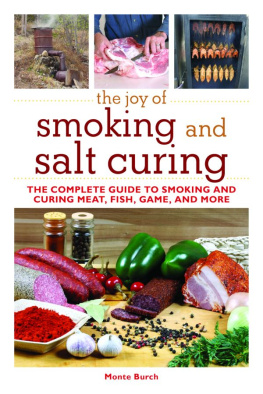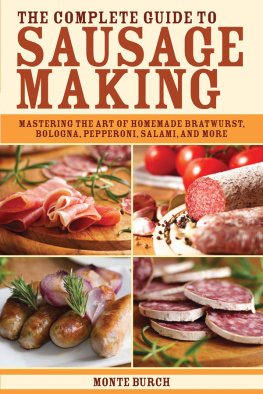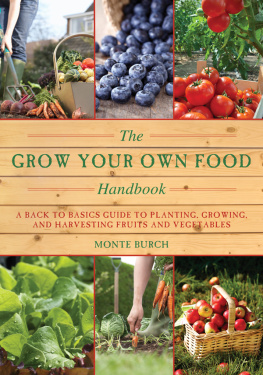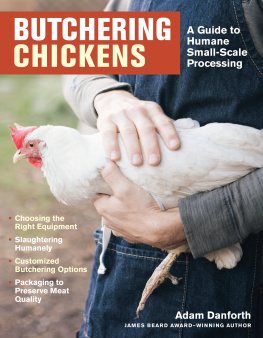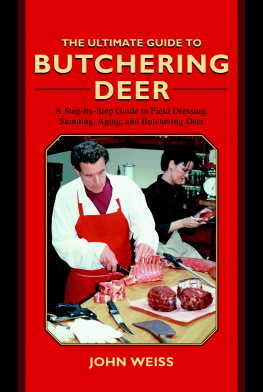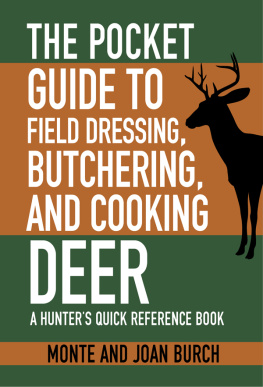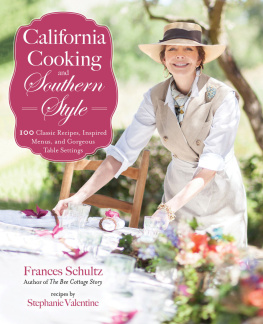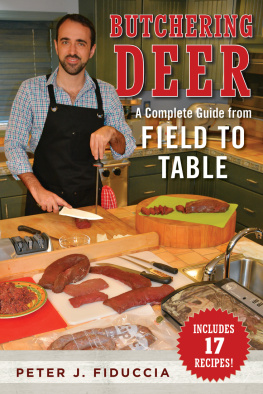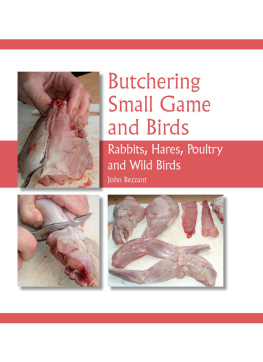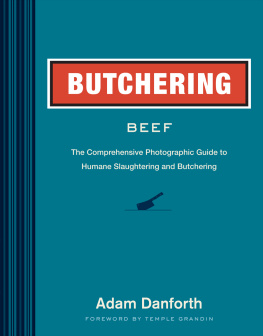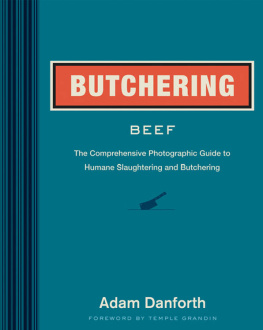Copyright 2012, 2014 by Monte Burch
All Rights Reserved. No part of this book may be reproduced in any manner without the express written consent of the publisher, except in the case of brief excerpts in critical reviews or articles. All inquiries should be addressed to Skyhorse Publishing, 307 West 36th Street, 11th Floor, New York, NY 10018.
Skyhorse Publishing books may be purchased in bulk at special discounts for sales promotion, corporate gifts, fund-raising, or educational purposes. Special editions can also be created to specifications. For details, contact the Special Sales Department, Skyhorse Publishing, 307 West 36th Street, 11th Floor, New York, NY 10018 or .
Skyhorse and Skyhorse Publishing are registered trademarks of Skyhorse Publishing, Inc., a Delaware corporation.
Visit our website at www.skyhorsepublishing.com.
10 9 8 7 6 5 4 3 2 1
Library of Congress Cataloging-in-Publication Data is available on file.
ISBN: 978-1-62914-166-4
eISBN: 978-1-62914-269-2
Printed in China
Contents
Introduction Why Butcher Your Own?
IN DAYS PAST, butchering your own food was a necessity. Eating meat required killing and processing the animal. Today home butchering is more a choice than a necessity. Most people that choose to butcher at home do so for a number of reasons, with control over the food they eat the most important reason.
Continuing problems with commercially butchered meats are a great concern with many. If you do your own butchering, you know how safely the meat was prepared. If you raise your own animals and then butcher them yourself, you have the ultimate control over the meats you consume. You control not only the safe processing, but also the quality and type of meats consumed.

In days past, home butchering was a necessity for many, and a regular event on farms such as the Burch farm back in the 40s.
Another reason is cost. Home butchering saves money. The third reason, and one growing in popularity, is the self-satisfaction achieved in doing it yourself, a definite step to more self-reliance.
If youre a hunter, especially of deer and big game, do-it-yourself butchering should be an important component of the hunt. Knowing how to properly field dress and cut up wild game is invaluable.
Although the killing is not pleasant, cutting up meat is a rewarding and enjoyable task for many, and a valuable, easily learned skill. While learning, you can usually eat your mistakes. Although I have been involved in butchering hogs from an early age, when I faced my first beef I was a bit daunted by all the different cuts. Doesnt matter, my wife Joan said, It all eats. And, it does.
Like many old-time, once-invaluable life skills, home butchering has been lost to many through the last few generations. Our family has been home butchering for many generations, and we each learned from our elders. This mentoring was invaluable. Most people today dont have the opportunity to learn such life skills at the side of an experienced butcher, but the skills are not hard to learn, and hopefully this book will provide you with the knowledge needed and the incentive to do your own home butchering.

Home butchering allows you to have control over the quality and safety of the meat you eat.

If you hunt deer and other big game, knowing how to field dress and cut up your game is an extremely important skill.

Home butchering is an easily learned skill, and a great way of adding to your independence and self-sufficiency.

The author in the 50s with his first litter of pigs. As a do-it-yourself butcher, you can save a great deal of money and, if you raise your own livestock, have even more control over your food.
Tools and Supplies
BUTCHERING CAN BE done with nothing more than a sharp knife. Our ancestors butchered with a sharp piece of stone. Modern knives and tools, however, make the chores easier, faster, and safer. The number and type of tools needed depends on your butchering needs. For instance, if you plan to butcher just a chicken or two, youll need much less equipment than for slaughtering and cutting up a steer. Some tools you may already have in your kitchen or garage. Some tools are more specialized, and some tools used in the past may no longer be needed. I was lucky to not only be mentored in butchering, but also to have inherited a number of tools. Some of those, however, are now more valuable as antiques, yet some are still quite valuable butchering tools. With the growing interest in self-sufficiency, more people are home butchering, and more companies are offering tools for the home butcher. A number of companies offer butchering tools and supplies online.

The number and variety of tools needed for butchering depends on how often and how much you butcher, as well as what types of animals.
General Tools
Some tools can be used for butchering of all types. Other tools are for specific butchering chores.
Knives
Knives are the most important butchering tools. Purchase only good-quality knives. They will more easily sharpen, stay sharp longer, and do the job easier and safer. Good-quality knives can last your lifetime and then some. I have some handed-down knives that are now being used by the fourth generation. The quality and type of steel in some of todays knives, however, is different than in the really old knives. Most butcher knife blades are made of three different types of steel: carbon, stainless, and high-carbon stainless steel. The older knives were primarily made of simple carbon steel. Carbon steel is relatively soft and sharpens very easily, even with nothing more than a handheld stone. It doesnt, however, hold an edge very well and must be continually sharpened. Carbon steel also rusts badly, even if the metal is dried after cleaning. One solution is to coat the metal with a light dusting of cooking oil spray before storage. Always wash the knife thoroughly before using to remove any residual oil and/or rust. Pure stainless steel is the hardest of the three metals; it will hold an edge longer and will not rust. Its extremely difficult, however, to properly sharpen a stainless steel knife. The majority of the quality butcher knife blades today are made of high-carbon stainless steel. This material provides the best of all worlds: an easily sharpened blade that will hold an edge a reasonable amount of time, yet doesnt rust as readily as carbon steel. A variety of handle shapes and materials are also used in knife construction. In quality knives the handles will be most commonly made of hardwood or a synthetic material. The latter, sometimes made of soft-molded materials, are easy on the hands for long periods of use.



